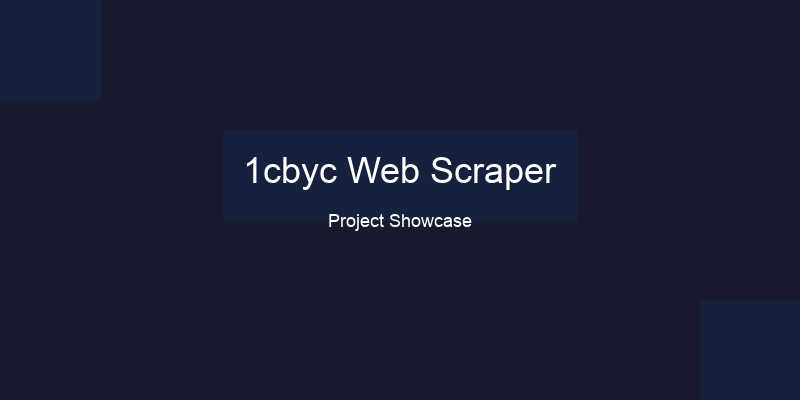Hello, I amIsaac.
I build software people actually use.
I write TypeScript and
Python. I've also worked with
PHP,
Erlang and
C in the past. I build robust, scalable software from the ground up.
I recently built taxbook.pro and phishfinder.pro.
I also share solutions to leetcode problems I solved here.
Projects

PhishFinder
Stop phishing links. One scan. Clear verdict. Multi-source checks (Google Safe Browsing, VirusTotal, blocklists) to tell you if a link is safe, suspicious, or malicious.

TaxBook
Nigerian Personal Income Tax, done right in seconds. Calculate, save, and pay Nigerian PIT with confidence. Transparent bands, Remita payments, and secure history.

SalonBook360
Complete salon management software built for Nigerian salons. All-in-one solution for appointments, sales, inventory, and customer management.
tg-to-drive
Move files directly from Telegram to Google Drive without burning your internet. Perfect for mirroring Telegram channels to Drive using Google Colab.
Nsisong Labs
Full-service development agency specializing in fullstack web development, automation engineering, and blockchain solutions. We transform ideas into scalable, elegant digital experiences.

MessageJS
SendGrid for social apps - messaging infrastructure platform for social media applications.

BulkMailer
Fastest email marketing with multiple smtp support.

Ethereum TX Builder
Build and sign Ethereum transactions with ABI support.
Deriv MT5 Trading Bot
Advanced algorithmic trading bot integrating Deriv and MetaTrader 5 platforms.
Nidful
Vulnerability disclosure platform for Africa connecting businesses and government agencies with security researchers.
My LeetCode Solutions
Live tracker showcasing my solved LeetCode problems and solution write-ups.

Pneumonia Classifier
Machine learning model for medical image classification with 94.2% accuracy.

SkyStream.pro
Space exploration suite: APOD Mood Visualizer, NEOWS Impact Explorer, Capsule Generator, Mars Explorer.
© 2025 Isaac Emmanuel. |Twitter